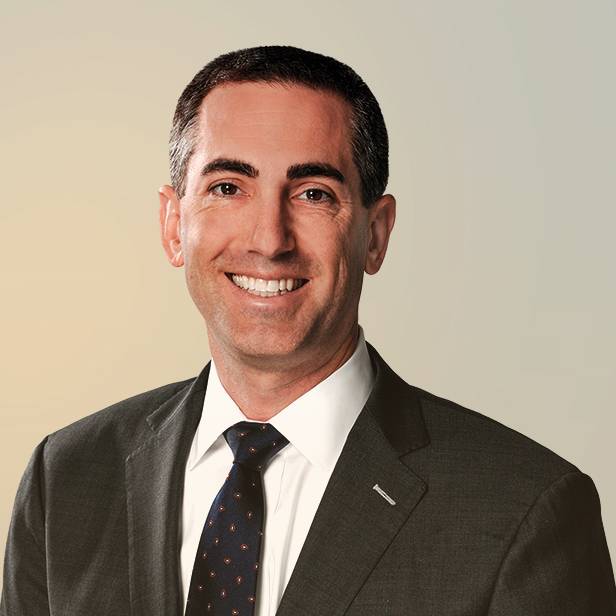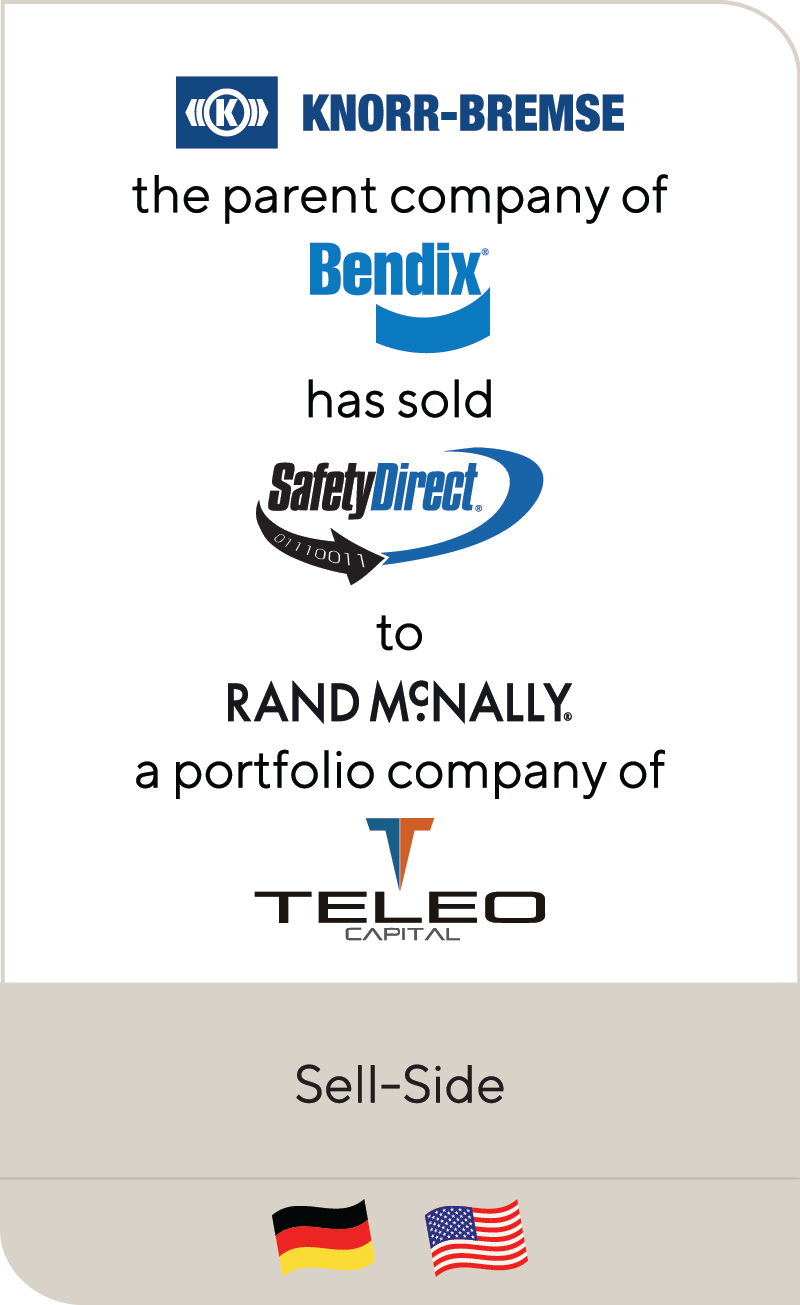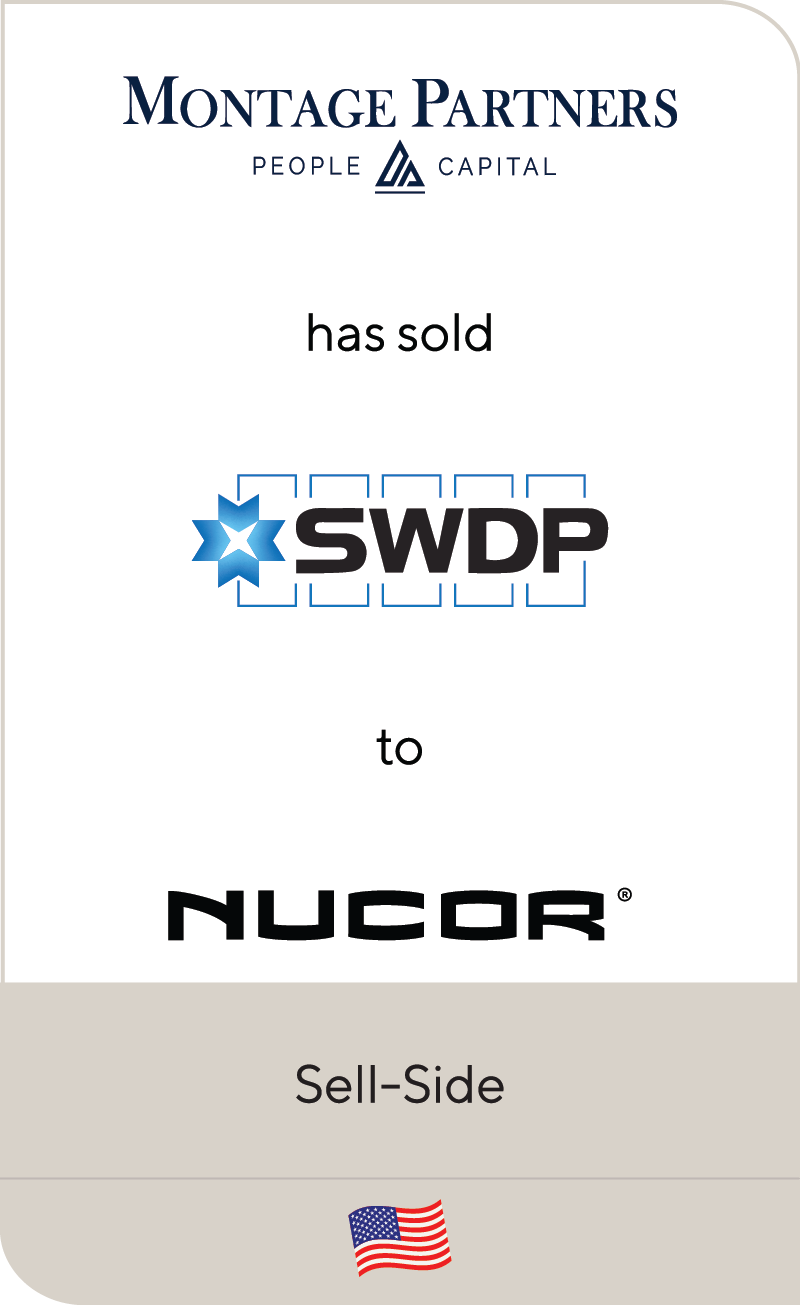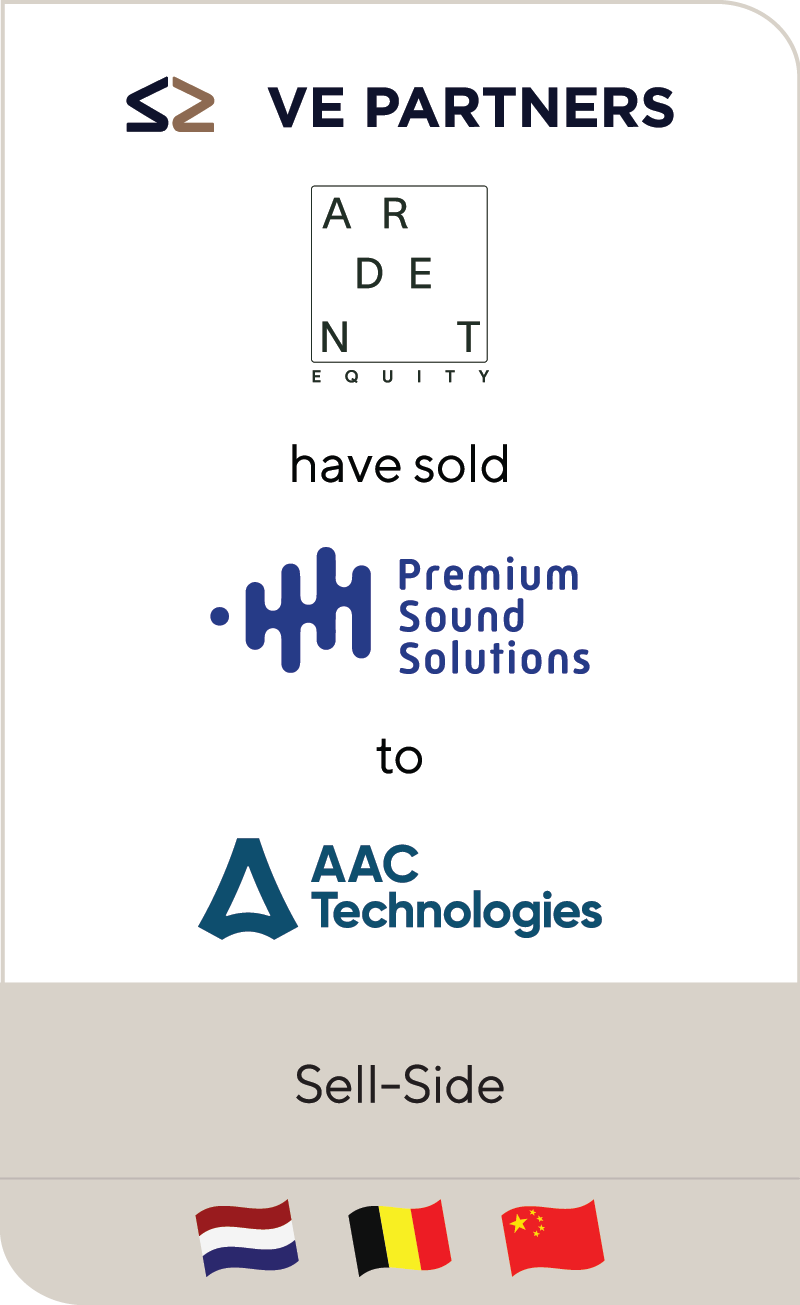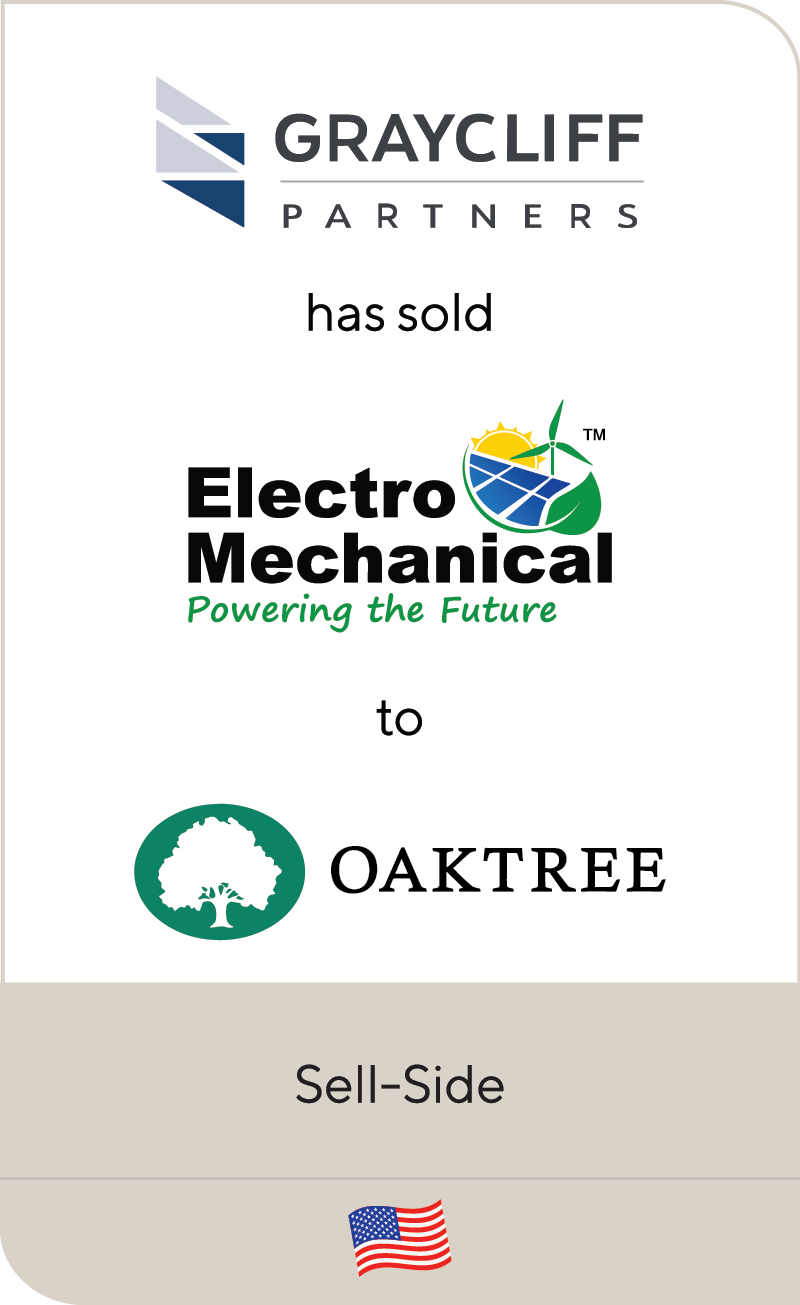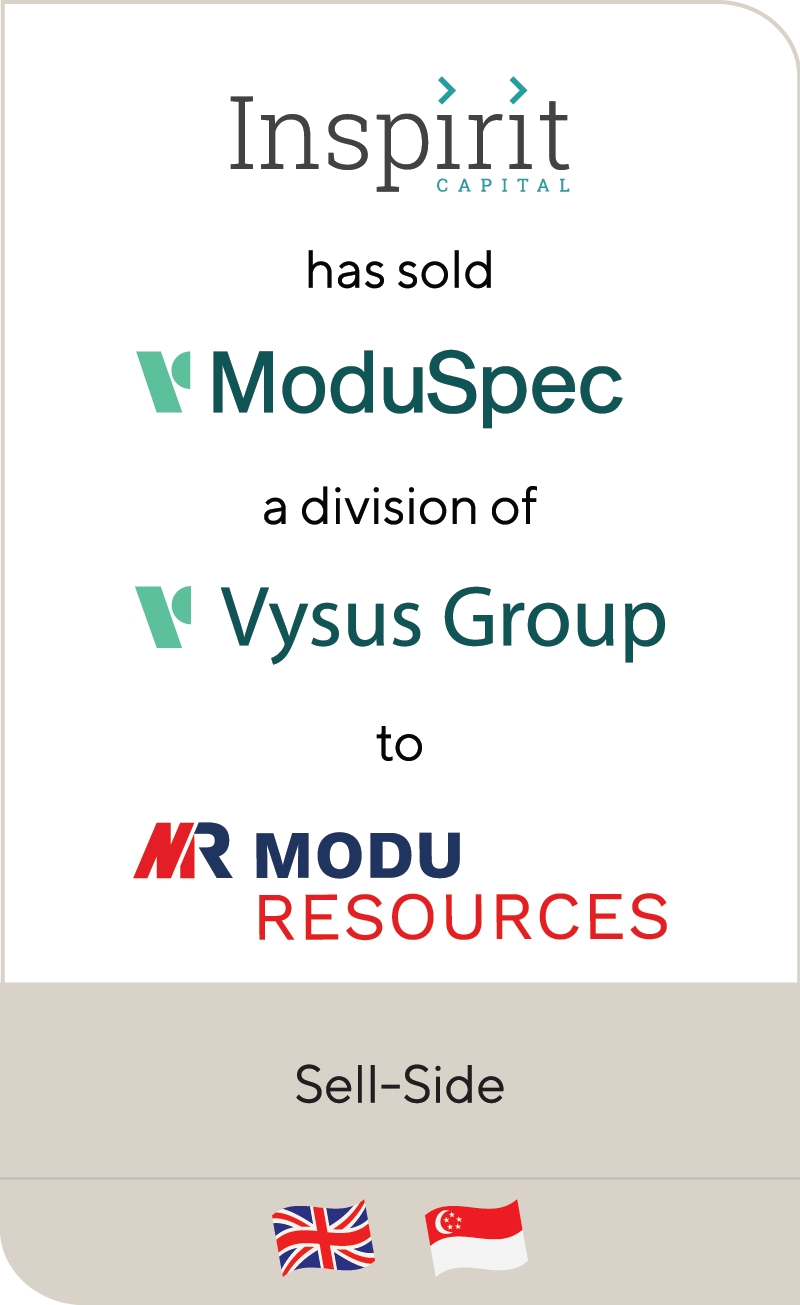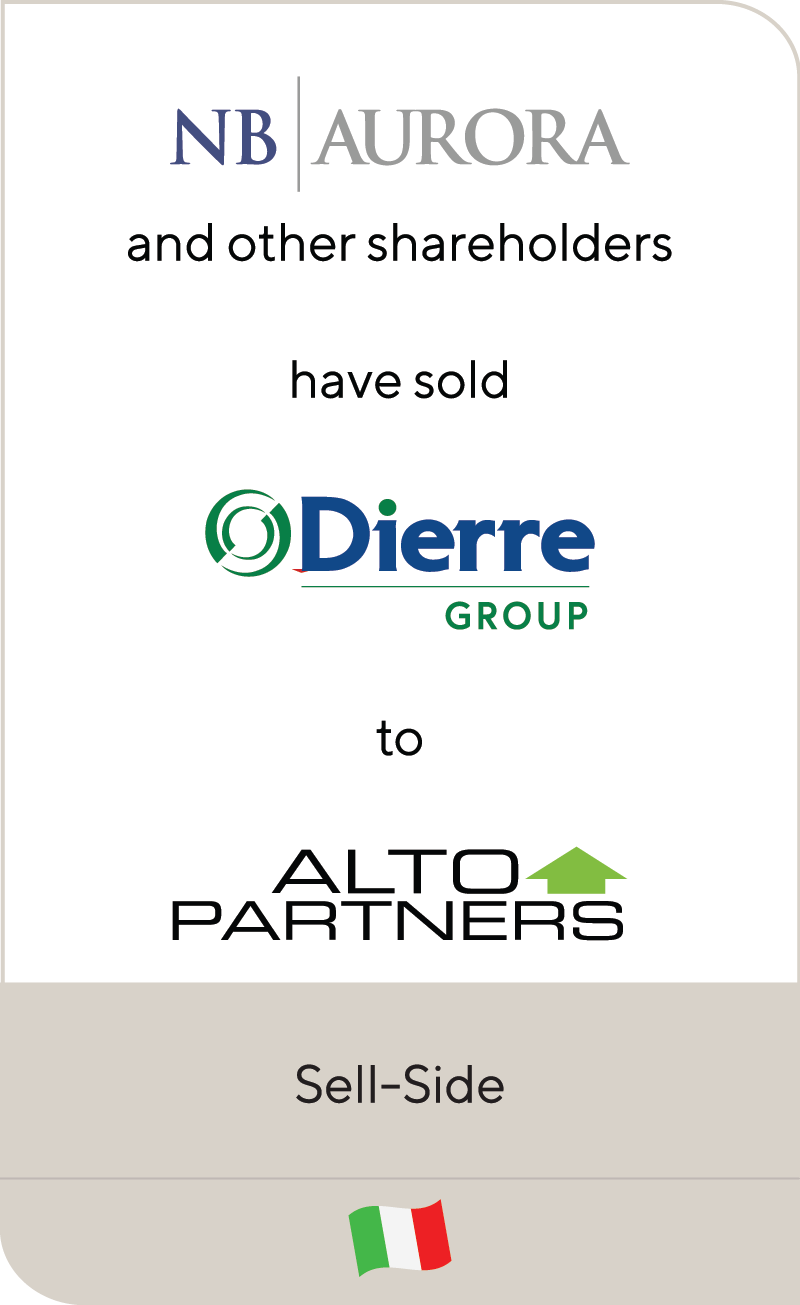Pandemic Solidifies Investor Interest in Safety Products Businesses
Jun 2021
From face masks to upgraded air filtration systems, employers implemented processes and protocols to keep employees safe throughout COVID-19. While demand for safety products skyrocketed during the peak of the pandemic, there has been a fundamental shift in the importance individuals place on health, wellness and safety that has “reset” demand at a “new normal.”
Safety products have always been critical—not discretionary—which became even more apparent during COVID-19. As a result, many products have gone from “nice-to-have” to “must-have.” As employee protection and workplace safety continue to move up the corporate agenda, the importance of safety on a global basis has risen. In turn, safety product companies provide an attractive investment opportunity.
Beyond the cultural shift with respect to safety, regulatory drivers globally have mandated an ongoing need for safety products, leading to long-term, sustainable growth for these businesses. Governing bodies like the Occupational Safety and Health Administration (OSHA) and the Centers for Disease Control (CDC) in the U.S. or the European Agency for Safety and Health at Work are updating standards at an increasing rate, driving the need for new and innovative safety products. Additionally, multinational companies are increasingly developing their own corporate standards for employee safety that go beyond regulatory requirements to standardize their policies across geographies.
While most safety products like disposable gloves or safety cutting tools are relatively immaterial in cost, they provide a layer of protection for companies far beyond their value. Prioritizing the purchase of safety products ultimately helps companies avoid headline risk and costly events such as worker compensation claims following an injury, lawsuits and even employee death.
Summary
-
Lincoln International's experts in the safety sector provide perspectives on what drives value in a sale process of a safety products company.
- Click here to download a printable version of this perspective.
- Sign up to receive Lincoln's perspectives
Lincoln PerspectiveAs safety remains top-of-mind during and post-COVID, investors are looking to capitalize on the opportunity to deploy capital in safety products businesses. Lincoln has identified several key considerations for safety products business owners as they think about what drives value in a sale process.
Continued momentum in the safety sector strengthens Lincoln’s position as a true expert in the space and leader in the middle market. Review our recent transactions in the sector below. |
||||||||||||||||||||||||
 |
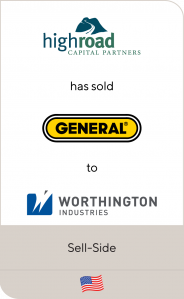 |
 |
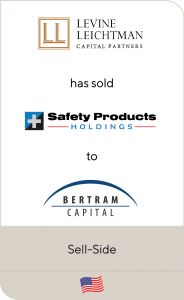 |
 |
Contributors
Meet Professionals with Complementary Expertise
Related Perspectives

“Leader to Leader” Series
The Leader to Leader video series turns up the dial on rich conversations with prominent leaders – from business owners and entrepreneurs to investors and CEOs – highlighting their stories… Read More

Building Products M&A Market Finds its Footing
The building products industry gathered at well attended conferences in early 2024. The National Association of Home Builders International Builders’ Show (IBS) and Kitchen and Bath Show (KBIS) attracted its largest crowd… Read More

Chemicals Quarterly Review Q4 2023
Expectations were low heading into the final three months of the year as stubbornly high interest rates caused a late summer downturn in the S&P 500. Despite a continued decline… Read More

Packaging Quarterly Review Q4 2023
Mergers and acquisitions (M&A) markets closed Q4 2023 in a similar vein to previous quarters, with a decline in completed deals. The packaging market closely followed suit, also experiencing a… Read More








